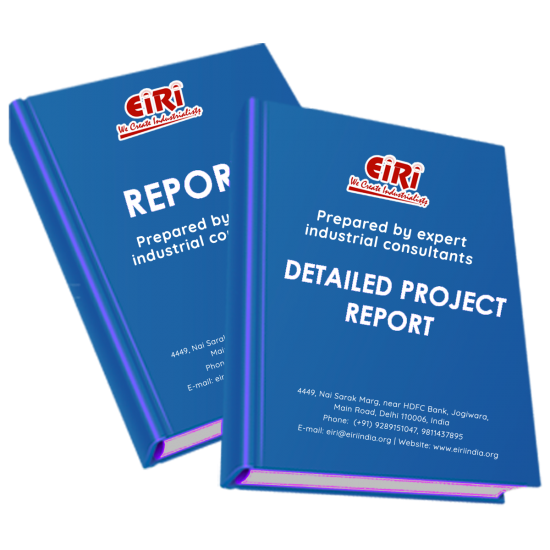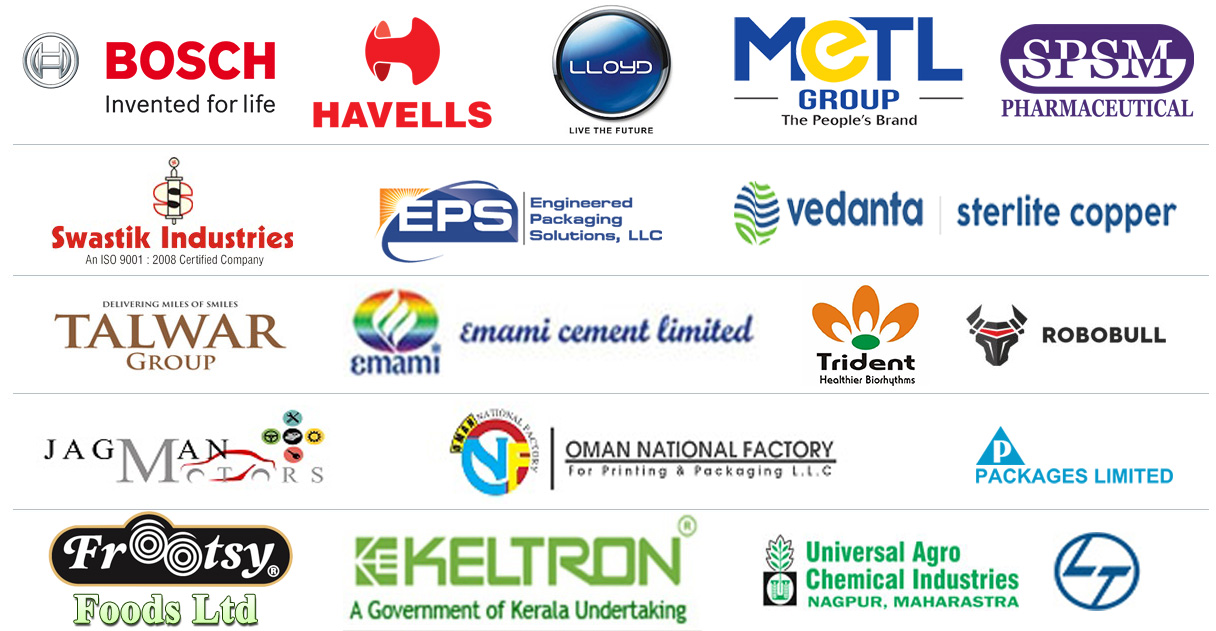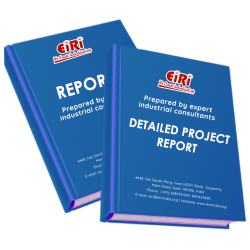Detailed Project Report on honey products

- More than 40 years of experience
- Managed by expert industrial consultants
- ISO 9001-2015 Certified
- Registered under MSME, UAM No: DL01E0012000
- 24/5 Research Support
Get your quesries resolved from an industry expert. Ask your queries before report or book purchase. - Custom Research Service
Speak to the our consultant to design an exclusive study to serve your research needs. - Quality Assurance
All reports are prepared by highly qualified consultants & verified by a panel of experts. - Information Security
Your personal & confidential information is safe & secure.
HONEY PRODUCTS
[CODE NO. 3073]
Honey is a part of bees, which gather sugar containing nectars form flowers. An enzyme introduced by the bees to the gathered nectars result in honey, which contain invert sugars, in the form of dextrose & levulose to the extent of approx.
75% of its total weight which makes it very sweet.
Honey is used as a flavouring agent in honey cakes and gateaux. Its flavour which is distincture, varies with the type of vector. The different flavours are the result of characteristic aroma of flowers form which the nectars are gathered. It is the comb-honey that is stored by the bees in the cells of the wax honey comb. Honey removed form the honey combe is by centrifugal force and thus honey called extracted honey.
Granulated honey the result of crystal formation which sooner or later develop in stained honey, which is the result a super saturation. This is removed by heating in a hot combe honey is produced in small rectangular boxes and sold as such.
Honey is produced by bees from nectar collection which serves the dual purpose to support metabolism of muscle activity during foraging and for long-term food storage as honey. During foraging, bees access part of the nectar collected to support metabolic activity of flight muscles, with the majority of collected nectar destined for regurgitation, digestion,
and storage as honey. In cold weather or when other food sources are scarce, adult and larval bees use stored honey as food.
By contriving for bee swarms to nest in artificial hives, people have been able to semi domesticate the insects and harvest
excess honey. In the hive or in a wild nest, the three types of bees are:
• a single female queen bee
• a seasonally variable number of male drone bees to fertilize new queens
• 20,000 to 40,000 female worker bees
Leaving the hive, foraging bees collect sugar-rich flower nectar and return to the hive where they use their "honey
stomachs" to ingest and regurgitate the nectar repeatedly until it is partially digested. Bee digestive enzymes - invertase,
amylase, and diastase - and gastric acid hydrolyze sucrose to a mixture of glucose and fructose. The bees work together as a
group with the regurgitation and digestion for as long as 20 minutes until the product reaches storage quality. It is then
placed in honeycomb cells left unsealed while still high in water content (about 20%) and natural yeasts, which, unchecked,
would cause the sugars in the newly formed honey to ferment. The process continues as hive bees flutter their wings
constantly to circulate air and evaporate water from the honey to content around 18%, raising the sugar concentration, and
preventing fermentation. The bees then cap the cells with wax to seal them. As removed from the hive by a beekeeper, honey
has a long shelf life and will not ferment if properly sealed.
Another source of honey is from a number of wasp species, such as the wasps Brachygastra lecheguana and Brachygastra
mellifica, which are found in South and Central America. These species are known to feed on nectar and produce honey.
Some wasps, such as the Polistes versicolor, even consume honey themselves, switching from feeding on pollen in the middle
of their lifecycles to feeding on honey, which can better provide for their energy needs.
COST ESTIMATION
Plant Capacity : 600.00 Kgs./day
Land & Building (1500 Sq.MT) : Rs. 1.81 cR
Plant & Machinery : Rs. 20.00 Lacs
Working Capital for 2 Months : Rs. 47.8 Lacs
Total Capital Investment : Rs. 2.51 Cr
Rate of Return : 25%
Break Even Point : 53%
INTRODUCTION
PROPERTIES
USES & APPLICATIONS
HONEY IN BAKING
HONEY IN CONFECTIONERY
CLASSIFICATION OF HONEY
CHARACTERISTICS AND COMPOSITION OF BEESWAX
MARKET SURVEY
FUTURE POTENTIAL OF BEEKEEPING IN INDIA
TOP GLOBAL PRODUCER OF HONEY
COMPOSITION OF HONEY
METHOD OF HONEY PRODUCTION & PROCESSING
PROCESS IN DETAILS
PROCESSING UP TO AND INCLUDING EXTRACTION
HEATING HONEY AND THE USE OF MINIMAL HEATING
STRAINING
TESTS ON EXTRACTED HONEY
DETERMINATION OF SPECIFIC GRAVITY
DETERMINATION OF MOISTURE
DETERMINATION OF TOTAL REDUCING SUGARS, SUCROSE
AND FRUCTOSE-GLUCOSE RATIO
DETERMINATION OF ASH
DETERMINATION OF ACIDITY
FIEHE'S AND ANILINE CHLORIDE TESTS
SAMPLING OF HONEY
HONEY HARVESTING AND PROCESSING
TABLE: BEEKEEPING METHODS WHICH MAY HAVE NEGATIVE
EFFECTS ON THE QUALITY OF THE HONEY
MODERN BEEKEEPING
SUPPLIERS OF RAW MATERIALS
SUPPLIERS OF PLANT AND MACHINERY
APPENDIX – A:
1. COST OF PLANT ECONOMICS
2. LAND & BUILDING
3. PLANT AND MACHINERY
4. FIXED CAPITAL INVESTMENT
5. RAW MATERIAL
6. SALARY AND WAGES
7. UTILITIES AND OVERHEADS
8. TOTAL WORKING CAPITAL
9. COST OF PRODUCTION
10. PROFITABILITY ANALYSIS
11. BREAK EVEN POINT
12. RESOURCES OF FINANCE
13. INTEREST CHART
14. DEPRECIATION CHART
15. CASH FLOW STATEMENT
16. PROJECTED BALANCE SHEET
How to Make Project Report?
Detailed Project Report (DPR) includes Present Market Position and Expected Future Demand, Technology, Manufacturing Process, Investment Opportunity, Plant Economics and Project Financials. comprehensive analysis from industry covering detailed reporting and evaluates the position of the industry by providing insights to the SWOT analysis of the industry.
Each report include Plant Capacity, requirement of Land & Building, Plant & Machinery, Flow Sheet Diagram, Raw Materials detail with suppliers list, Total Capital Investment along with detailed calculation on Rate of Return, Break-Even Analysis and Profitability Analysis. The report also provides a birds eye view of the global industry with details on projected market size and then progresses to evaluate the industry in detail.
We can prepare detailed project report on any industry as per your requirement.
We can also modify the project capacity and project cost as per your requirement. If you are planning to start a business, contact us today.
Detailed Project Report (DPR) gives you access to decisive data such as:
- Market growth drivers
- Factors limiting market growth
- Current market trends
- Market structure
- Key highlights
Overview of key market forces propelling and restraining market growth:
- Up-to-date analyses of market trends and technological improvements
- Pin-point analyses of market competition dynamics to offer you a competitive edge major competitors
- An array of graphics, BEP analysis of major industry segments
- Detailed analyses of industry trends
- A well-defined technological growth with an impact-analysis
- A clear understanding of the competitive landscape and key product segments
Need Customized Project Report?
- Ask for FREE project related details with our consultant/industry expert.
- Share your specific research requirements for customized project report.
- Request for due diligence and consumer centric studies.
- Still haven't found what you're looking for? Speak to our Custom Research Team
About Engineers India Research Institute:
Note: We can also prepare project report on any subject based on your requirement and country. If you need, we can modify the project capacity and project cost based on your requirement.
Our Clients

Our Approach
- Our research reports comprehensively cover Indian markets (can be modified as per your country), present investigation, standpoint and gauge for a time of five years*.
- The market conjectures are produced on the premise of optional research and are cross-accepted through associations with the business players
- We use dependable wellsprings of data and databases. What's more, data from such sources is handled by us and incorporated into the report
Why buy EIRI reports?
- Our project reports include detailed analysis that help to get industry Present Market Position and Expected Future Demand.
- Offer real analysis driving variables for the business and most recent business sector patterns in the business
- This report comprehends the present status of the business by clarifying a complete SWOT examination and investigation of the interest supply circumstance
- Report gives investigation and top to bottom money related correlation of real players/competitors
- The report gives gauges of key parameters which foresees the business execution





















